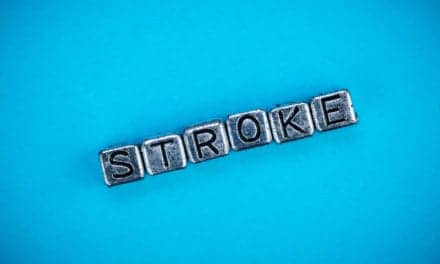Scientists at the Ruhr-University in Belgium are investigating high-frequency stimulation as a possible therapy for pain patients’ impaired tactile ability in their hands.
This impaired tactile ability comes as a consequence of disease-related changes in patients’ brains, according to a media release from Ruhr-Universitaet-Bochum.
The research team, led by PD Dr Hubert Dinse of the NeuralPlasticity Lab at the Institute for Neuroinformatics, Prof Dr Martin Tegenthoff, director of the Neurological Clinic, and Prof Dr Christoph Maier, senior physician of the Department for Pain Medicine, both at the Bergmannsheil University Clinic, studied 20 participants with Complex Regional Pain Syndrome. This illness often follows fractures or other injuries to the extremities, the release explains.
During the study, a daily 45-minute stimulation session was administered to each participant’s afflicted hand each day for 5 days.
Using a custom-made hand-pad, high-frequency electrical impulses were applied to the fingertips. In order to measure the tactile performance of the participants before and after the stimulation, the two-point-discrimination threshold was determined. This method measures how far apart two stimuli need to be, in order to be perceived as two separate stimuli. Additionally, participants rated their current pain level on a scale of 0 to 10, the release explains.
The researchers note in the release that they were able to show a significant improvement of tactile performance after the stimulation. Although the participants reported no significant pain relief overall, they did report substantial improvement.
However, according to PD Dr Hubert Dinse, some participants had at least 30% less pain after the intervention.
“Further studies must now be conducted, to find out whether a more intensive and longer period of treatment can not only improve tactile acuity, but also considerably lower pain levels in defined CRPS subgroups,” he adds.
The study was published recently in the journal Frontiers in Neurology.
[Source(s): Ruhr-Universitaet-Bochum, Science Daily]





